________________________________________________________________________________
Kawasaki FH721V Carburetor
Kawasaki FH721V - Fuel and Air Flow
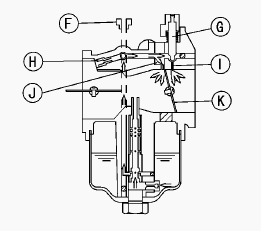
The pilot system includes the pilot jet F, pilot screw G (Idle mixture
screw), pilot air jet H, pilot outlet I, and the bypass holes J. The
pilot system meters the fuel/air mixture while the engine is idling and
running under a light load. Under these conditions there is very little
air flow through the carburetor bore; so little that it is not enough to
draw fuel through the main system of the carburetor and atomize it.
Instead, the fuel is drawn through the pilot system, since the nearly
closed throttle valve K causes high speed air flow past the pilot outlet
and bypass holes (even at low engine speed). Fuel flow in the pilot
system is metered by the pilot jet. Air for better atomization is
admitted via the pilot air jet in the mouth of the carburetor. The
fuel/air mixture passes into the bore of the carburetor side stream of
the throttle valve through the bypass holes and pilot outlet.
While the throttle valve is almost closed, it covers the small bypass
holes opening into the bore from the pilot system. As the throttle valve
begins to open, it uncovers the bypass holes, allowing more fuel/air
mixture to flow. The extra flow is needed because the engine starts to
run faster as the throttle is opened.
The pilot screw controls the amount of fuel/air mixture allowed through
the pilot outlet, but does not meter the bypass holes. A moderate amount
of air comes in around the throttle valve at an idle, so adjusting the
pilot screw changes the fuel/air ratio. Turning the pilot screw (Idle
mixture screw) out (Counterclockwise) enrichens the mixture; turning it
in (clockwise) leans the mixture.
Kawasaki FH721V Carburetor Adjustment
Low Idle Speed Adjustment
- Disconnect all possible external loads from the engine.
- Start the engine and warm it up thoroughly.
- Adjust the low idle speed screw with Phillips Screwedriver until the
engine idles at specified speed.
- Idle Speed (Carburetor idle rpm) - 1450 rpm.
- Release the throttle lever and adjust the low idle speed set screw on
the control plate to obtain the specified governed low idle speed.
- Low Idle Speed (Governed idle rpm) - 1550 rpm.
High Idle Speed Adjustment
- High idle speed adjustment should be made after the idle speed
adjustment is performed.
- Do not adjust high idle speed with the air cleaner removed.
- Start and warm up the engine thoroughly.
- Move the throttle lever at a dash to the high idle position and match
the lever hole position with the panel hole by inserting 6 mm dia., pin
or bolt.
- Loosen two M6 control panel mounting bolts enough to move the control
panel assembly.
- Carefully move the control panel assembly right side up or down to
obtain the specified high idle speed. High Idle Speed 3600 rpm.
- Tighten the M6 Mounting bolts. Torque - Control Panel Mounting Bolts:
5.9 Nm (52 in-lb).
- Remove the 6 mm dia., pin or bolt.
- Check the idle speed, and readjust the idle speed if necessary.
High Altitude Operation
- At high altitude, the standard carburetor air-fuel mixture will be
excessively rich.
- Performance will decrease, and fuel consumption will increase.
- High altitude performance can be improved by installing a smaller
diameter main-jet in the carburetor and correct idle speed.
- The main jet high altitude kits are available if the equipment is to
be used in the high altitudes.
- The main jet numbers are stamped on ends of the main jets.
High Altitude Main Jet
Altitude 0-1000 m (0-3000 ft): Main Jet L: #136; R: #140.
Altitude 1000-2000 m (3000-6000 ft): Main Jet L: #133; R: #139.
Altitude 2000 m (6000 ft): Main Jet L: #130; R: #134.
Kawasaki FH721V Carburetor Disassembly and
Assembly
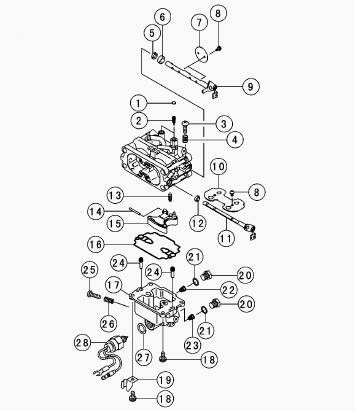
1. Pilot Screw Plug, 2. Pilot Screw, 3. Low Idle Speed Screw, 4. Spring,
5. Seal, 6. Collar, 7. Throttle Valve, 8. Screws, 9. Throttle Shaft, 10.
Choke Valve, 11. Choke Shaft, 12. Seal, 13. Float Valve, 14. Pin, 15.
Float, 16. Gasket, 17. Float Chamber, 18. Screw, 19. Clamp, 20. Plug
Main Jet, 21. Gasket, 22. Main Jet L, 23. Main Jet R, 24. Slow Jet, 25.
Drain Screw, 26. Spring, 27. Gasket, 28. Solenoid Valve
Before disassembly, mark the out side of choke valve and throttle valves
for assembling them. Replace the pilot screw (2) in accordance with the
following procedure if necessary. Remove the pilot screw plug (material:
Stainless steel) as follows: Punch a hole in the plug and pry it out
with an awl or other suitable tool.
Turn in the pilot screw and count the number of turns until it seats
fully but not tightly, and then remove the screw. This is to set the
screw to its original position when assembling. Turn in the new pilot
screw (2) fully but not tightly, and then back it out the same number of
turns counted during disassembly.
Install a new pilot screw plug (1) in the pilot screw hole by pressing
with the rod, and apply a small amount of a bonding agent to the
circumference of the plug to fix the plug. Install the choke valve and
throttle valve on the shaft as the out side mark of them facing out
side, and apply a small amount of a bonding agent to the valve screw
threads. Drive the float pin so that it’s big diameter side faces the
throttle shaft lever side. The fuel inlet valve seat is pressed into the
carburetor body and is not replacable. Assemble carburetor parts which
recommended tightening torque.
Kawasaki FH721V Carburetor Cleaning
- Disassemble the carburetor.
- Immerse all the carburetor metal parts in a carburetor cleaning
solution and clean them.
- Rinse the parts in water and dry them with compressed air.
- Do not use rags or paper to dry parts. Lint may plug the holes or
passages.
- Blow air through the holes and fuel passages with the compressed air.
- All holes must be open. Assemble the carburetor.
Kawasaki FH721V - Fuel system Inspection
- Remove the air cleaner.
- Place a suitable container under the drain screw on the carburetor.
- Turn out the drain screw a few turns to drain the carburetor and check
to see if water or dirt has accumulated in the carburetor.
- Tighten the drain screw. Torque - 2.0 Nm (18 in-lb).
- If any water or dirt is found, clean the carburetor, and fuel tank,
and check the fuel filter.
________________________________________________________________________________
________________________________________________________________________________________
| KOHLER ENGINES SPECS AND SERVICE DATA |
________________________________________________________________________________________
________________________________________________________________________________________
________________________________________________________________________________________
________________________________________________________________________________________
________________________________________________________________________________________
________________________________________________________________________________________
________________________________________________________________________________________
________________________________________________________________________________________
________________________________________________________________________________________
| KAWASAKI ENGINES SPECS AND SERVICE DATA |
________________________________________________________________________________________
________________________________________________________________________________________
________________________________________________________________________________________
________________________________________________________________________________________
________________________________________________________________________________________
________________________________________________________________________________________
| BRIGGS AND STRATTON ENGINES SPECIFICATIONS |
________________________________________________________________________________________
________________________________________________________________________________________
________________________________________________________________________________________
________________________________________________________________________________________
________________________________________________________________________________________
| HONDA ENGINES SPECS AND SERVICE DATA |
________________________________________________________________________________________
________________________________________________________________________________________
________________________________________________________________________________________
________________________________________________________________________________________
________________________________________________________________________________________
________________________________________________________________________________________
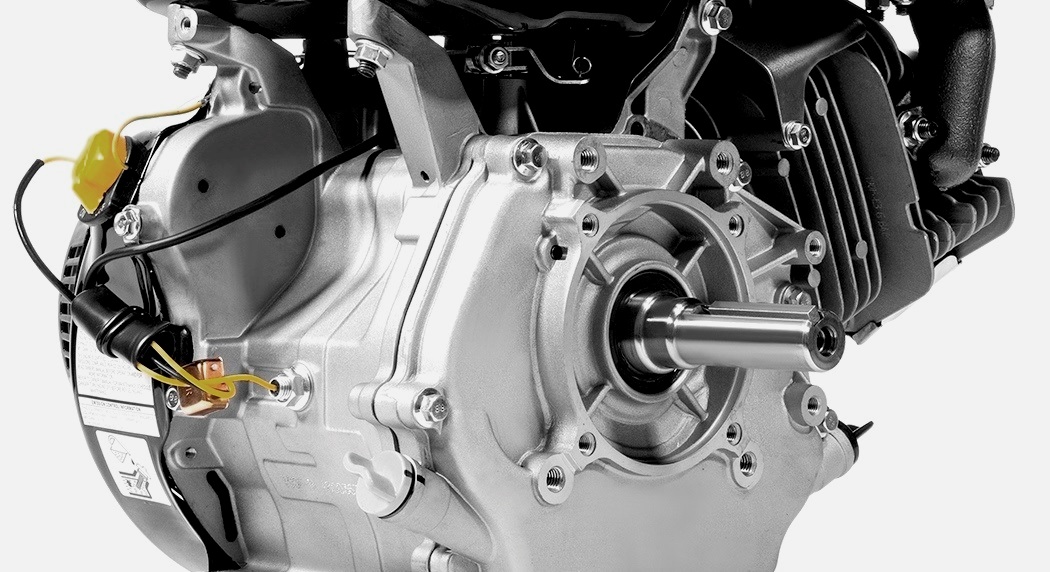
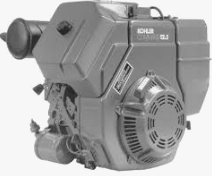 CH12.5
CH12.5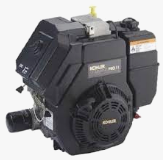 CH14S
CH14S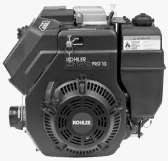 CH15S
CH15S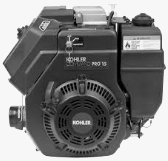 CH16
CH16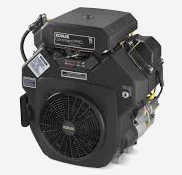 CH18S
CH18S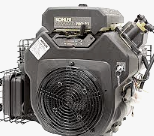 CH23S
CH23S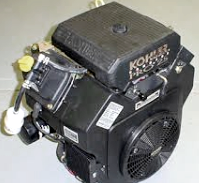 CH25S
CH25S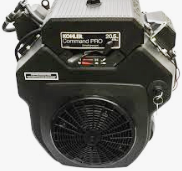 CH640S
CH640S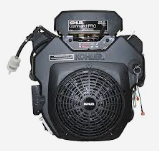 CH730S
CH730S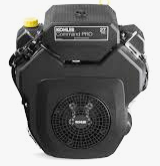 CH750S
CH750S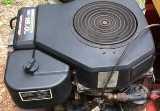 CV15S
CV15S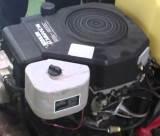 CV16S
CV16S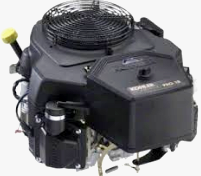 CV18S
CV18S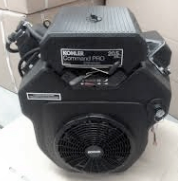 CV20S
CV20S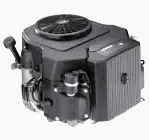 CV22S
CV22S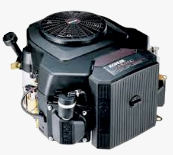 CV23S
CV23S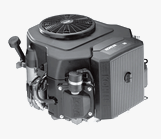 CV25S
CV25S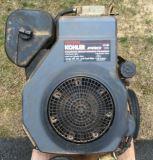 CV490S
CV490S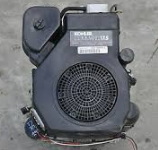 CV491S
CV491S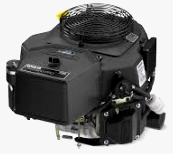 CV730S
CV730S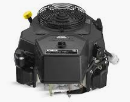 CV740S
CV740S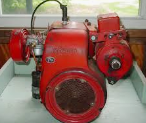 K161
K161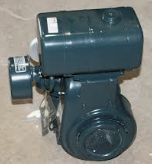 K181
K181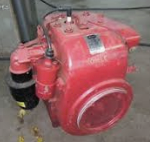 K241
K241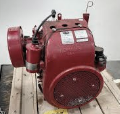 K301
K301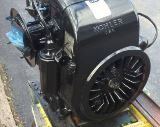 K321
K321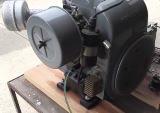 K341
K341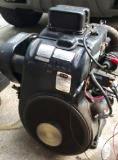 K361
K361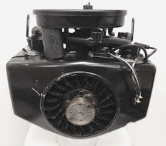 M18
M18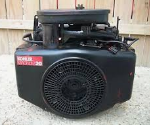 M20
M20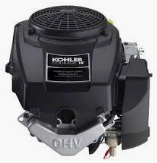 SV470S
SV470S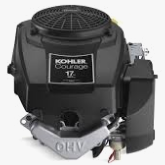 SV530S
SV530S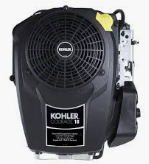 SV540S
SV540S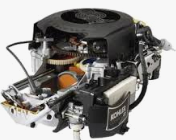 SV590S
SV590S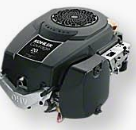 SV600S
SV600S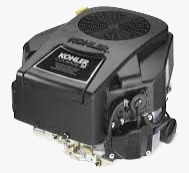 SV710
SV710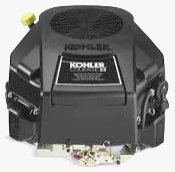 SV715
SV715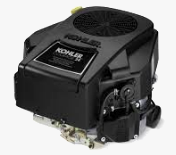 SV725S
SV725S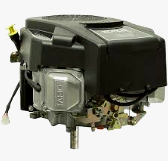 SV730S
SV730S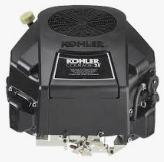 SV735
SV735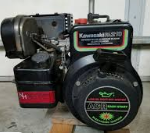 FA210
FA210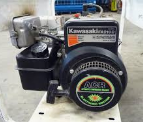 FA210D
FA210D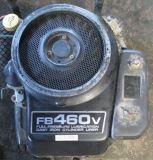 FB460V
FB460V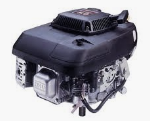 FC150V
FC150V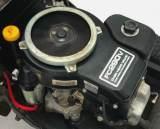 FC290V
FC290V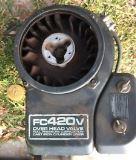 FC420V
FC420V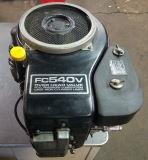 FC540V
FC540V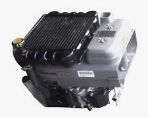 FD501V
FD501V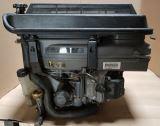 FD590V
FD590V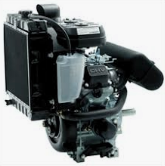 FD620D
FD620D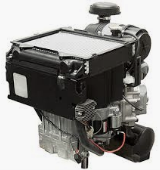 FD731V
FD731V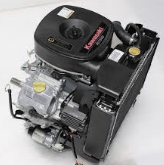 FD750D
FD750D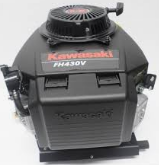 FH430V
FH430V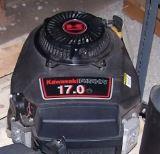 FH500V
FH500V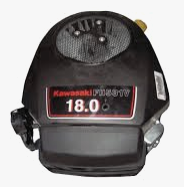 FH531V
FH531V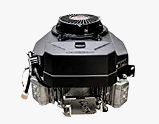 FH580V
FH580V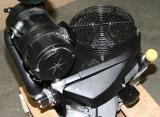 FH601V
FH601V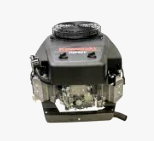 FH680V
FH680V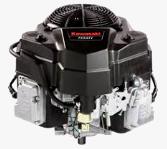 FS541V
FS541V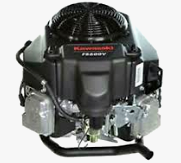 FS600V
FS600V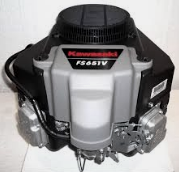 FS651V
FS651V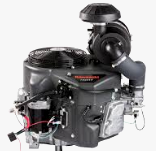 FX651V
FX651V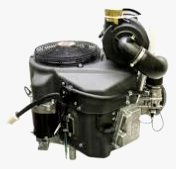 FX691V
FX691V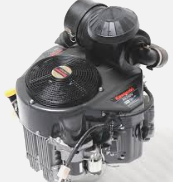 FX730V
FX730V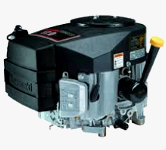 FH541V
FH541V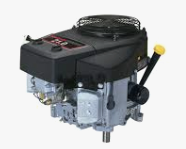 FH641V
FH641V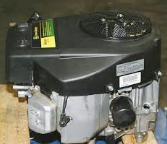 FH661V
FH661V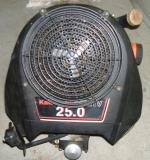 FH721V
FH721V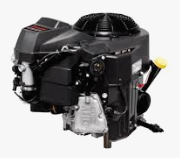 FS730V
FS730V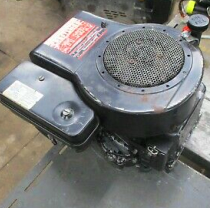 252707
252707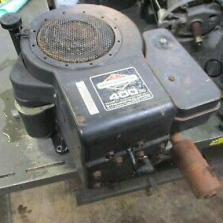 253707
253707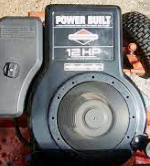 282707
282707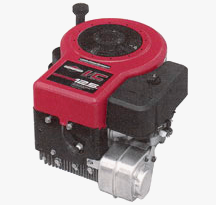 286707
286707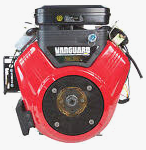 303777
303777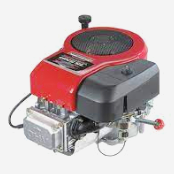 28N707
28N707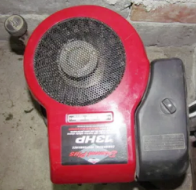 28M707
28M707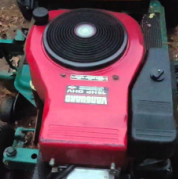 28Q777
28Q777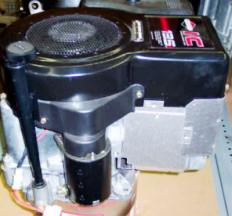 28R707
28R707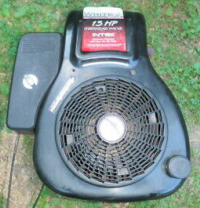 28S777
28S777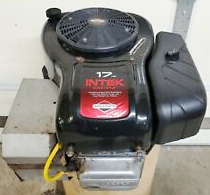 311707
311707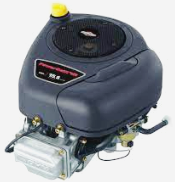 31A607
31A607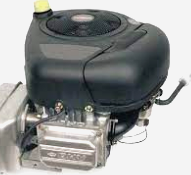 31C707
31C707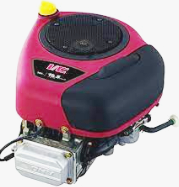 31N707
31N707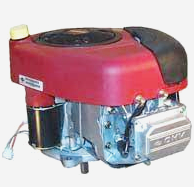 31Q777
31Q777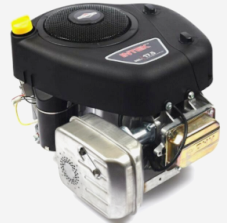 31R977
31R977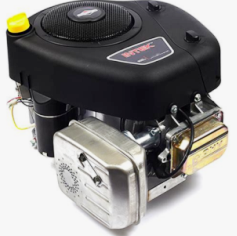 31R777
31R777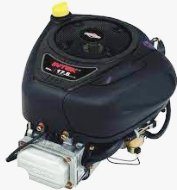 31P777
31P777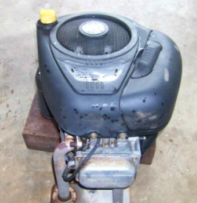 31P977
31P977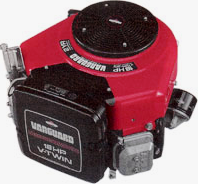 350777
350777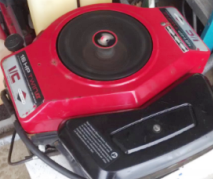 402707
402707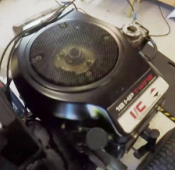 422707
422707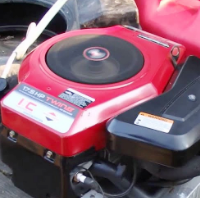 42A707
42A707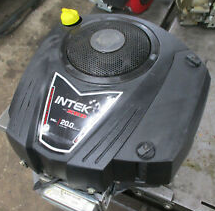 331777
331777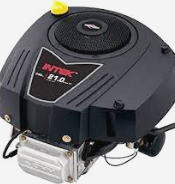 331877
331877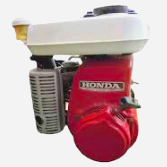 G50
G50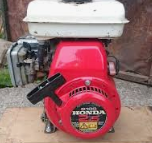 G100
G100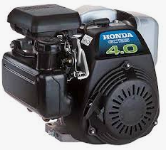 GC135
GC135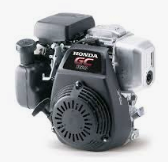 GC160
GC160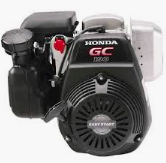 GC190
GC190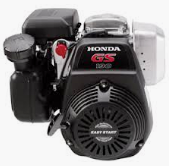 GS190
GS190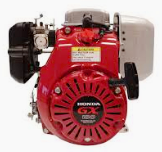 GX100
GX100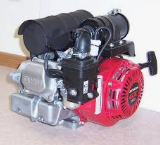 GX120
GX120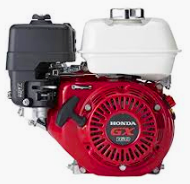 GX160
GX160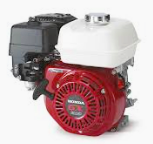 GX200
GX200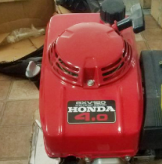 GXV120
GXV120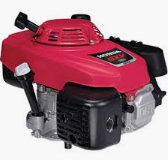 GXV160
GXV160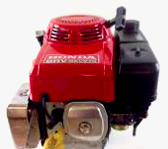 GXV270
GXV270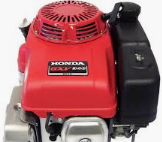 GXV340
GXV340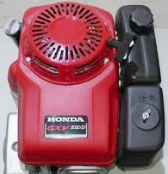 GXV390
GXV390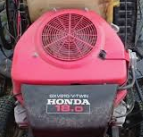 GXV610
GXV610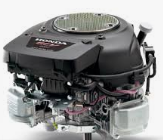 GCV520
GCV520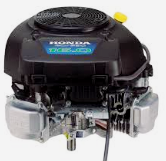 GCV530
GCV530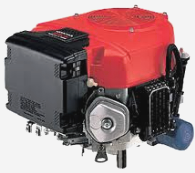 GXV620
GXV620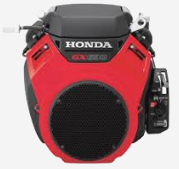 GXV630
GXV630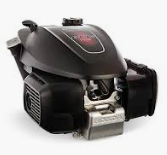 GCV145
GCV145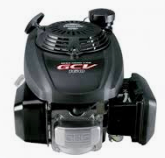 GCV160
GCV160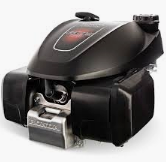 GCV170
GCV170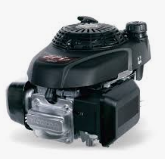 GCV190
GCV190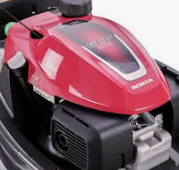 GCV200
GCV200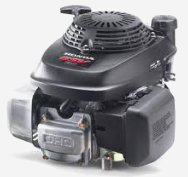 GSV190
GSV190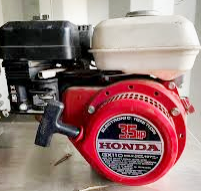 GX110
GX110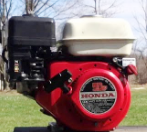 GX140
GX140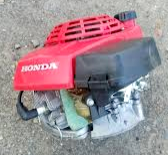 GV100
GV100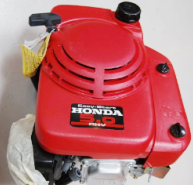 GXV140
GXV140